Our blockbuster FTC disclosure awaits here. The following article was last updated on Jul 23, 2024 ...
Motorcycle Helmet Intercom Systems: A Definitive Buyer's Guide
Using a helmet media interface while traveling long distances on a motorcycle eliminates a lot of mental fatigue that comes with less spirited sections of expressway, otherwise known as "the slab". Experienced sport touring enthusiasts are all too familiar with what's called road hypnosis, a numbing of the senses that creeps up to convert earth's three dimensional horizon into a two dimensional concrete triangle that won't budge. Our mindset isn't designed for straight-ahead cruising. We prefer the route which connects the shortest distance between two locations with as much well maintained and secluded pavement as possible. Give us turns and lots of 'em!
“Using a helmet media interface eliminates a lot of mental fatigue that comes with less spirited sections of expressway, otherwise known as 'the slab'.”
One solution that I prefer is keeping my mind active via music and rider-to-rider (or pillion) communication. This technology has come a long way over the years and is only getting better. Today's post aims to weigh the pros and cons of a mere few popular helmet intercom systems currently on the market.
As a child, I remember seeing the old man next door cruise by with his wife in the pillion seat on a goliath, 80's overkill Honda Goldwing (ugh). Two large, obtrusive microphones stuck out of their seemingly displaced helmets (due to the speakers inside?) but they were smiling and on their way. One couldn't help but be happy for them.
Wired Or Wireless?
Now, we have the best (and worst) of developments in microtechnology working to improve on the concept of motorcycle helmet communicators. For starters, we've lost the wires. Sure, there are still hard-wired helmet interfaces on the market. In some ways, they're more reliable in that their direct signal is stronger and any audible interference can be attributed to a bad ground or short in the wiring. Bluetooth, however, is far too shiny to ignore and rids us of the dangling electronic spaghetti that riders would otherwise tuck into their jackets.
Personally speaking, I knew exactly what I wanted from an interface before I'd even bought my first motorcycle. My feeling is that they should connect to a smartphone and pair with one another without complication. Minimal buttons suggest ease of use, providing the functionality remains extensive without diverting attention from oh, I don't know ... the road. Equally helpful is having a 3.5mm jack, which allows for riders to choose their preferred audio output. That 3.5mm jack should be located out of view inside of the helmet and to complete the package, let's throw in a set of skull candy earbuds with a very short cord.
In doing the research, it would seem that this order is just a little too tall.
Let's step back for a moment and look at a really great wired setup that others have used in the past. The StarCom1 Advance operates as a multi-channel mixing board of sorts. It's numerous 3.5mm inputs allow for simultaneous iPod, GPS and PDA connections. Those signals are then routed through two output jacks that lead to an earbud/microphone combo inside of each helmet.
Riders can mount or holster the main hub so that they or the passenger may balance the input volumes to suit. Add earbuds with an inline volume knob and you've got individual control over the total output. Because it's powered directly, there aren't any batteries to charge or replace.
That's not bad at all! In fact, one member of our riding circle would half-brag about how his survived two crashes. Still, let's lose the wires and continue on.
Three different bluetooth helmet communicators have found their way onto my person over the past few years. Oddly enough, the first, which is affordably low end, is just as good as the current if you're willing to do a bit of wire work. The middle product is hereby deemed a transition purchase and represents our very first negative review.
Wireless Helmet Intercoms On The Cheap
Okay, so you want a decent bluetooth helmet interface that's not overpriced. For something as simple as the ability to chat or listen to music while you're riding, we feel that's not too much to ask. Shark Motorcycle Audio's "SHKMBT88i Motorcycle/Snowmobile Bluetooth Multi-Interphone Headset Intercom" fits the bill. Regardless of its completely ridiculous name, this compact bit 'o tech is full-featured and as cheap as they come. What's more, its positives outweigh the latter.
With only four buttons total, finding your way around the Shark doesn't require a diagram. Press and hold the rear/polygon button for two seconds and a beep will inform you that it's active. If your music player is running, tap the front/triangle button to toggle play and pause. When someone calls, the very same button (front/triangle) answers. Time to hang up? Tap it again.
Outside of a phone call, rear/polygon connects to another module for peer-to-peer communication, supporting up to six modules independently. The volume controls rest in between the two main buttons. They're a little strange to work with because, for whatever reason, down boosts the volume while up reduces it.
Another great thing about the Shark option is that it recognizes different button actions such as "press-and-hold" versus "tap". That's excellent when used in combination with smartphone apps. Headset Droid, for example, allows you to alter media button behavior to run single or multi-step tasks by readily detecting single, double, triple and even quadruple taps. A single tap could activate your riding mode's "big, dumb buttons" hub (Car Home Ultra). Two taps might toggle your music's pause status whereas a triple tap skips ahead or jumps to the next track. How about if four taps reads you the time and temp? Anything's possible while your eyes remain on what's ahead.
There are some downsides to the Shark "blahbiddy-blahbiddy", however. For one, their speakers are worthless and even though their jack is a standard 3.5mm (yay!) they've altered the signal scheme so that you have to buy their microphone/speaker combination (boo!). This is simple to remedy if you're game to cut, splice and solder. In short, if you gently splice their low voltage cable and jump through a few (small) hoops to make sense of their three-wire diagram, you can line in a 1.5', 3.5mm cable before running it through the back of your helmet's cushioning to the right side of its chin guard. For a hack like me, that takes maybe between thirty and sixty minutes.
Now let's talk about longevity. It's as if they installed a date code that triggers a self destruct mechanism after a specific period of time. Mine failed to power on, even when fully charged exactly one week after the warranty expiration. I wasn't too upset (that part came later) but I do think of their products as a lease. When the lease is up, you'll want to order another or upgrade to better system.
What does upset me about Shark is their customer service. I find it ironic that a company selling communication devices should be so terrible at communicating. English is quite obviously their second language so you'd think they have someone around to decipher incoming correspondence. When my first Shark module died, I ordered another pair through eBay that never made it to my doorstep. Here's how our e-mail conversation went:
[E-Mail #1] "Hi there. I ordered a pair of your SHKMBT88i modules last week. I never received any tracking information and they haven't been delivered. I'd like to know where they are."
[Response #1] n/a because there wasn't one.
[E-Mail #2] Refer to E-Mail #1
[Response #2] is identical to their first response.
Sooooo, being a code-savvy web junky, I set up a special cron job on my server that e-mails them every twenty minutes, every day, for a week.
[Response #3] "You want buy two module?"
I pause the script on my server.
[Me] "No. I'd like for you to find out where the ones that I already bought are currently."
[Them] Refer to response #2 or, to save time, just go back to response #1 and take note.
I reactivate the script on my site. It runs for two more weeks. That's 1008 e-mails!
[Response #4] refer to response #3.
It only gets worse if you try calling.
In the end I still really like the overall performance of their SHKMBT88i. Rather than getting what you pay for by sacrificing physical quality, buyers are merely surrendering the possibility of decent customer service. If you don't mind futzing around with some rewiring and Android app configuration, this really is a great little bluetooth helmet communicator.
A Helmet Com That's Worse And More Expensive? Tell Me More!
When my Shark dilemma got the best of my sanity, I took it as a sign and opted to explore other bluetooth helmet communicators. In an attempt to keep things affordable but with a little more spending leeway, a different brand stood out ... for all of the wrong reasons. Meet the uClear HBC200.
Now, I like Cycle Gear and their staff really does try but a lot of the products they boast are awful. The uClear HBC series is one such product. They love to talk about the "military designed and engineered" boomless mic that is incorporated directly into the speakers. What they should add to that phrase is "sometimes, they even work!" because padding towards the ear section of any good helmet will obstruct it. Even when a signal makes it through, it's extremely garbled by its own attempt to cancel out wind noise.
Assuming you can get a word in, you better be stopped or traveling under thirty miles per hour because otherwise you're not going to hear a single thing. Think of it this way. First, let's remove telephone quality conversation from the equation. With the uClear HBC series helmet communicator modules, stereo music, at full volume, sounds like a single-speaker seventies hand-held radio at the end of an aluminum tunnel that's filling with your despise for uClear products. What's worse, all of their i/o wiring is USB driven and their (separately purchased) earbud option is grotesquely overpriced.
Basically, for around $300 you get a piece of absolute garbage.
The Best Helmet Communicator To Date (She Puts Out!)
If you're willing to shell out for high-end goods, one wireless bluetooth helmet communicator in particular surpasses the expectations of any modern rider's digital interface demands. Sena's SMH10 has only two buttons (simple is better) and PlugUp.com offers a custom modified clamp kit that separates the audio output from the microphone jack. It also sports a 3.5mm auxiliary input that runs parallel with whatever bluetooth audio you have going. If your passenger is game to play DJ, a simple Y splitter allows music to be dispersed between both helmets, meaning you can both listen to the same music while you chat. My wife and I haven't tried this yet but look forward to giving it a go in the future.
The physical layout is beyond accessible. There's a tiny button to the back (labeled the "phone" button) and a large jog dial to the left. The tiny button, which is easy to traverse, makes and answers calls. The jog dial starts and ends an intercom conversation, rotates to adjust volume, toggles play and pause, tracks forward and back by rotating while pressed and rejects a call if the phone is ringing.
The jog dial will even transfer between calls and I can attest for the fact that doing so is easier on the SMH10 than it is via my phone's interface! Truthfully though, I usually disable incoming calls because sport touring motorcycle travel requires great focus. If you use Google Voice, you can setup a call screen that stops all but the most important people on your contact list from getting through.
Even with Sena's SMH10 there are minor pitfalls. Unlike the Shark SHKMBT88i, the amount of time a button is pressed doesn't register. Every button press triggers the same digital time count, so making use of Android apps like Headset Droid is limited (though still useful). Also, the cord that they include with their 3.5mm hardware is coiled, making it tedious to position. As stated earlier, running a 1.5', third-party replacement cable around a helmet's interior to right side of the chin guard solves the problem for use with short cord earbuds.
So there you have it! If you're looking for a cheap installation that demands a bit of wire hacking, Shark's SHKMBT88i is a good place to start. If inaudible, unusably lame limitation is what you're after, buy a uClear HBC200 (and then burn it). If, however, you're ready to buy what might very well be the only wireless, stereo helmet intercom you'll ever need, consider the Sena SMH10 with PlugUp.com's 3.5mm option.
Let's not forget about the Starcom1 Advance, though. That things pretty solid too. I mean, as far as wired setups go. ;-)
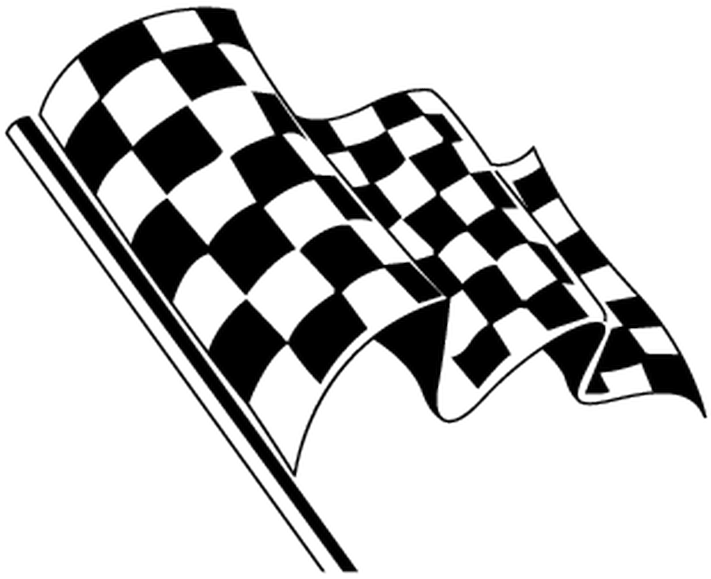
What Digital Interface Do You Use?
These are just a few of the many helmet systems out there. Which ones have you tried? What are their features and benefits? Your input is invited. Leave a comment and/or write an article!
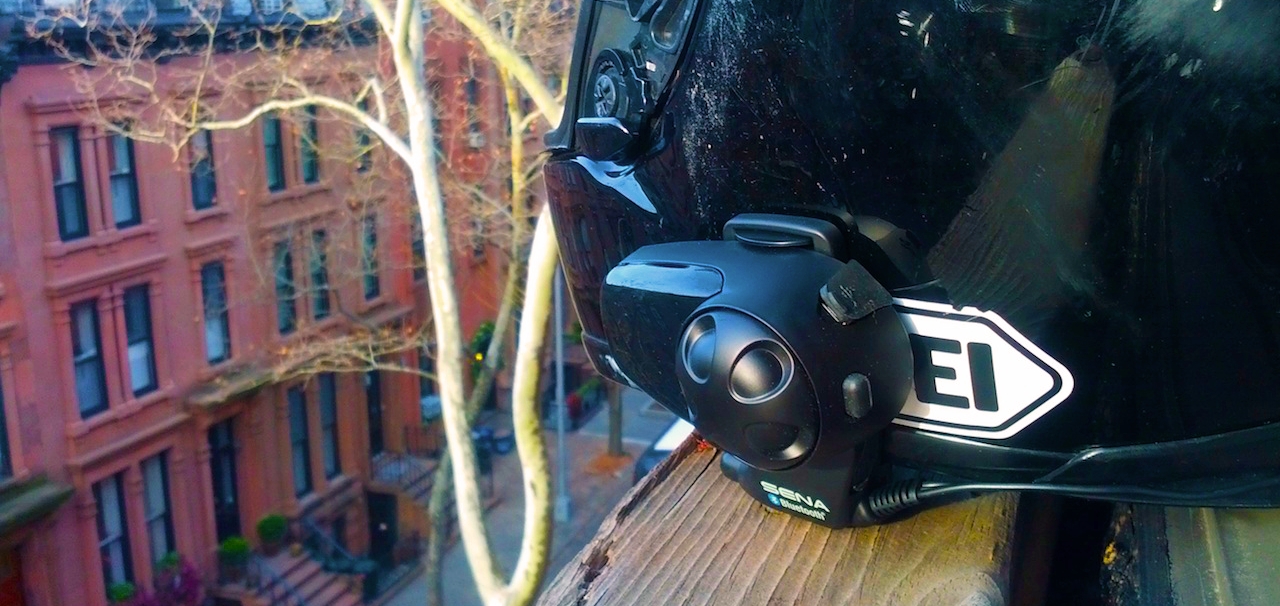
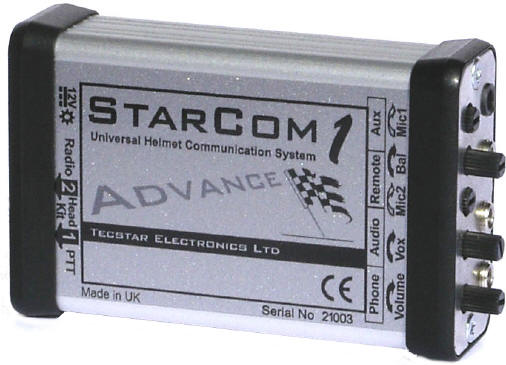

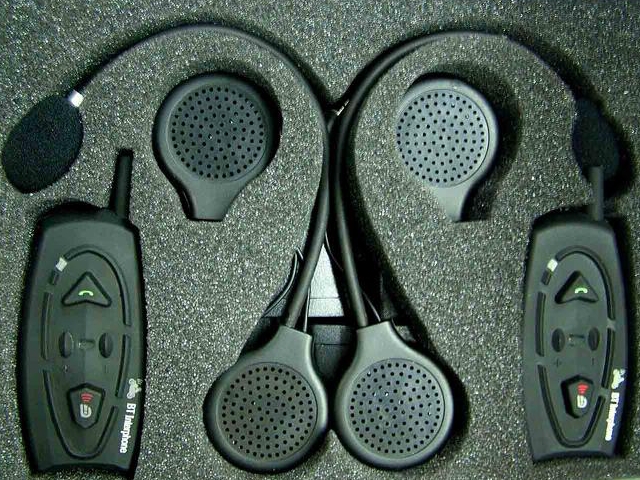
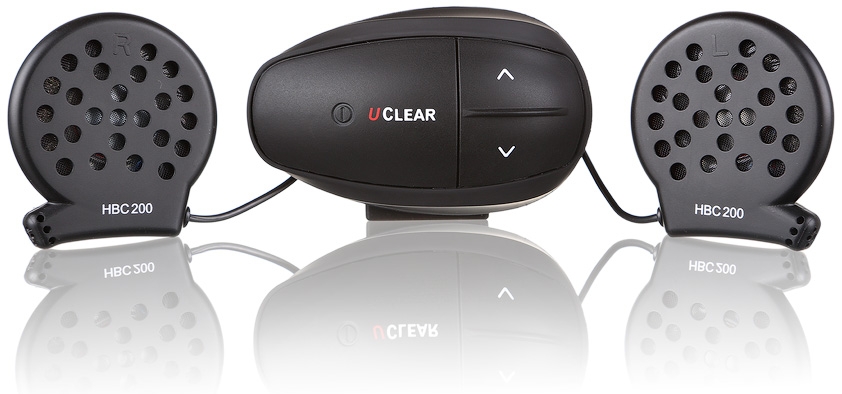
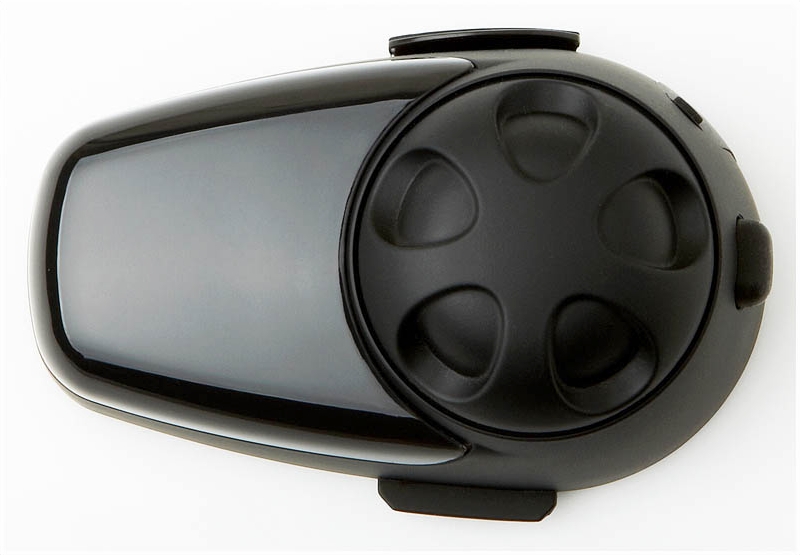



Comments
We would love to get you in touch with our Tech Support team to see if we can change your mind about our product. We stand behind our products 100% and want every customer to have an amazing experience. Sometimes that requires a bit of help from our technical team. Please let us know if you are interested in setting up a time so we can get you the great UCLEAR experience we want every customer to have.
Jack,
I appreciate your will to make good on an experience that I’m less than fond of but there are far too many subsidiary issues with your HBC200 helmet intercom that need to be addressed. I no longer own this module and have no intention of ever buying another uClear product again. It’s a matter of quality vs. pricing and in this case, the ratio is insultingly out of balance.
The best advice I can give (and I’m quite aware of how self serving this statement is) is that you hire someone to provide you with a better explanation as to what might make your products worth the unsubstantiated price you demand. For example, there’s no way on earth you’re going to convince me that your accessory headphones are worth $60. A degreed musician, I’ve tried an enormous number of different audio buds in a variety of environments and just by looking at the pictures, I’m certain that yours fail to properly seal out sound in a comfortable manner. What’s more, you force the buyer’s hand when you abandon the 3.5mm analog for a mini-usb dictatorship.
I'd prefer using my own earbuds as opposed to rebranded Chinese overstock.
Sorry, Jack but Sena’s got you beat in a big way. Their optional features allow for owner-preferred configurability. My own helmet runs both internal speakers (that sound much better in comparison to uClear’s) as well as a 3.5mm audio jack simultaneously. Moreover, instead of pushing an "industry first" boomless mic, with their system we get an "industry tested and fully functional" sort of thing. New and inventive doesn’t necessarily mean working and worth buying.
For your next generation of products, I recommend you double the quality before dividing the purchase price by two. Realizing how jagged this response reads, keep in mind that it's my money. On a positive note, Cycle Gear honored their 100% satisfaction guarantee which amounted to my currently favorable Shoei helmet and Sena interface.
Curious what UCLEAR tech support plans on helping you with. "Have you tried turning it off and on again?" Who knows.
Interesting to note that you can buy a PAIR (!) of Sena SMH-10's for around the price of the UCLEAR unit you mentioned. I also use the SMH-10 and it's slick as all get out (I just wouldn't mind adding one more programmable button maybe).
Agreed, RC. To date, the Sena SMH-10 is my personal favorite. There are others on the market that are known to be of equal caliber but I don't mention them in this post because I've not tested them myself.
Hi Robin,
I understand that it is an old post but I hope you will still read my comment and find time to answer it.
I bought this intercom system, i know it is not the same as the one mentioned above (SHKMBT88i Motorcycle/Snowmobile Bluetooth Multi-Interphone Headset Intercom) but i think it looks very similar so i assume it has some similarities inside as well.
Mine has a 3.5 jack as well and I have tried to use different microphoned headphones (sennheiser, iphone, sony) with it but only the speakers work the microphone doesn't. I guess it is because of the "altered signal scheme" you have mentioned.
Do you know if there is a way around this issue?
Also due to my helmet construction I can not attach it to my helmet which means i need to keep the device in my bag or my pocket. Obviously the cable is way too short for this.
Any idea on how to lengthen the cable? Can i simply plug this (https://www.cablestogo.com/product/40405/1.5ft-3.5mm-m-f-stereo-audio-extension-cable) into the communicator and plug the headphone/microphone jack to the other end?
Thank you
Hello, Peter.
Whether or not your intercom is manufactured by the same company as the Shark BT Interphone is worth finding out. Assuming it is, the circuitry may be similar in how it handles microphone + audio signals.
Regardless, in order to use your own earbud/microphone combination, an electrical multimeter would be handy. To better understand its wiring scheme (and also to splice/solder if necessary), you'll want to use its ohm (continuity) setting and determine each signal's routing.
Such wiring modification can prove tedious, so be patient should you choose to go down that path. I'd suggest you modify the earbuds and not the module only because earbuds come cheap. Think about how you want to adapt a microphone, buy a few audio-only Skull Candies and see what you can conquer!
As for attaching it to your helmet, I'm of the opinion that these 3M VHB Adhesive Pads are the better way to go. I use them for a variety of different projects both motorcycle and otherwise. Removal is simply a matter a hair dryer and pulling gently. Strong and no mess!
Hi Robin,
Thank you for your quick reply. I will look into the different options and hopefully find a solution.
Instead of attaching it to the helmet I was thinking of buying a 3.5mm 4 pin jack extension cable and simply lengthen the cord from helmet to the intercom. What do you think? Would that work?
Thanks
Assuming that connection is nothing more than an extension of the earbuds/mic you intend to use, I imagine that would work fine.
Hi Robin,
Unfortunately the extension won't work. However I believe we (my father and I) have managed to figure out what the problem is. The tip, the 2 rings and the sleeve are shorter in the jack than on a regular jack.
This left us scratching our heads because after hours and hours of searching online we have not found any evidence that there is anyone who has ever heard of such modification.
Have you ever come across with this issue?
Thanks
Peter
By "modification" I can only assume you mean the way that they construct/manufacture their 4-pin input jack (not my cut/splice/solder modification mentioned in the initial post). My short answer would be no ... I've never seen other modules (or any electronic components for that matter) go so far to either make things difficult or lower production costs.
That's a bummer.
My first inclination is to research 4-pin connectors and see if they vary in size or scale.